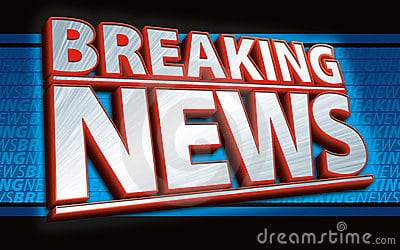 This is a first for me after more than 10 years of blogging. This week’s blog is written by my NPAworldwide colleague Bill Benson. Enjoy.
This is a first for me after more than 10 years of blogging. This week’s blog is written by my NPAworldwide colleague Bill Benson. Enjoy.
My guest blogger is Bill Benson with WilliamCharles Search Group located in Grand Rapids, Michigan, USA. Bill is the past chairman of the NPAworldwide Board of Directors.
WilliamCharles is a US based executive search and professional recruiting firm specialized in finding managerial and executive talent in finance, HR, operations, sales/marketing as well as president/CEO roles – across the US.
Where is HR in your company?
 We often use and hear the euphemism “seat at the table” as a descriptive term to determine whether a human resource function truly participates in steering company strategy. Does your HR function have a seat at the table?
We often use and hear the euphemism “seat at the table” as a descriptive term to determine whether a human resource function truly participates in steering company strategy. Does your HR function have a seat at the table?
The human resources function plays a key role in the operating of a company. These traditional roles include managing policies and discipline, employee administration, benefits and payroll. They resolve people issues and support managers in hiring, training, and managing labor practices.
- They are often the fixer of other people’s problems.
- They are often the advocate or voice for employees.
- Everyone will agree these are critical functions to do well.
Many companies operate just fine with a tactical, but not strategic, human resources function. Many of these companies get exactly what they want and expect from HR. In order to get to the next level, it is likely that a more evolved HR function will be necessary.
The need might be driven by rising performance expectations or a need for more consistency throughout an organization. Organizational development facilitated by a professional is invaluable from the standpoint of succession planning and talent management.
Organizational effectiveness and culture leadership can make the difference in sustaining the culture of an organization through some of these large changes. You may need executive compensation advice, employment contract work or a more sophisticated performance management and leadership development.
You probably need all of the above. We will further explore defining questions to understand your current state and then characteristics of a strategic HR function.
Start by asking these questions!
 Where does HR report? It is often the case HR reports to either operations (largest number of employees) or finance (budget or compliance reasons). Often in these situations HR is not at the decision table. You may have good reasons for your structure, but HR should ideally report to the top of the house for it to carry the right strategic weight.
Where does HR report? It is often the case HR reports to either operations (largest number of employees) or finance (budget or compliance reasons). Often in these situations HR is not at the decision table. You may have good reasons for your structure, but HR should ideally report to the top of the house for it to carry the right strategic weight.
Is your HR leader trusted and respected by the senior leadership team? This person needs to have ironclad relationships with the other senior executives.
- Is HR primarily a compliance function?
- Are they obstructing needed change and growth?
- HR needs to proactively lead talent strategies to help the company move forward.
Can your HR leader perform GAP analysis? Are they using KPIs to measure success? Are they a businessperson as well as an HR person?
Do you view your HR function as modern? Do they look around the corner and at future trends? Do they embrace technology? What is the “employee brand” of your organization? What is their role in advancing the culture of the company?
5 Strategic HR Roles
 Human Capital Expert – Maximizing the contribution of everyone within the organization. Talent acquisition and management strategies, training and leadership development, succession planning.
Human Capital Expert – Maximizing the contribution of everyone within the organization. Talent acquisition and management strategies, training and leadership development, succession planning.
HR Strategist – Adapts both workforce and leadership structure to align with the future. Organizational development and effectiveness, measure results, survey, correct course as necessary.
Culture Keeper – How is the culture communicated? Are we “Walking the Talk?” Is the culture reflective of where the company wants to go? Does it represent what is “right” vs. what is expedient?
Change Manager – change occurs via people. Is the HR leader the change leader (or one of them) within the organization?
Advisor/Consultant to CEO – Ensure HR goals and strategies are aligned with organizational goals and strategies. Key consultant and confidante within the senior leadership team.
More on Strategic HR Management, read here.

